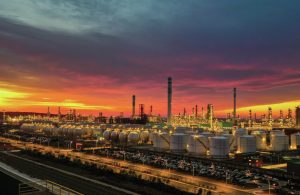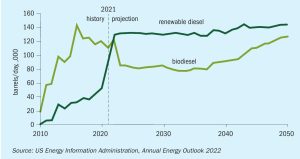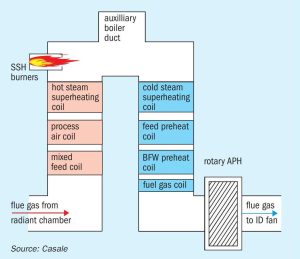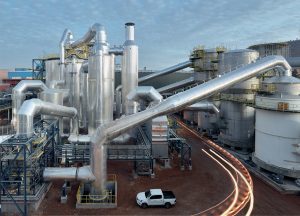
New sulphur projects
Sulphur production continues to expand in the Middle East and China both from new refineries and major sour gas projects.

Sulphur production continues to expand in the Middle East and China both from new refineries and major sour gas projects.

The production of renewable fuels by retrofitting existing refineries and their infrastructure is witnessing exponential growth. The impact on the existing amine, sour water and sulphur recovery units is inevitable. Based on several case studies, Worley Comprimo discusses the various options available to holistically review the sulphur block to determine the impact and mitigation of processing bio-feed.

When revamping the steam methane reformer, a detailed analysis of the whole reformer by an experienced technology licensor with deep plant knowledge is required to achieve the best solutions. Casale presents two case studies which provide examples of what can be achieved when following this approach.

Blended and compound NPK fertilizers are a mainstay of many markets globally. We review the main production technology options.

The sulphuric acid process is virtually carbon free and, as such, it is important to consider the energy requirements of the associated industrial complex before deciding upon what form the energy should be exported from the acid plant. In this article, Stefan Braeuner, Stefan Mohsler and Anne Mohsler of Metso Outotec use case studies to exemplify the need to fully analyse the local conditions at site before a decision is taken on a specific flowsheet.
Håkon Reistad Fure stepped down from Yara International’s board of directors in mid-November due to new professional commitments, the company has announced.
Casale has developed a range of methanol-ammonia coproduction processes to match different requirements according to product capacity.

Industry focus on technologies to reduce the carbon intensity of ammonia and methanol production has been intensifying. In this article thyssenkrupp Uhde, Proton Ventures, Toyo Engineering Corporation, Stamicarbon, BD Energy Systems and KBR report on some of their latest technology developments towards decarbonisation.

The refurbishment and modernisation of fertilizer plants offers the opportunity to reduce operating costs, raise production capacity, improve energy efficiency and cut emissions.

Saipem, Stamicarbon, Toyo Engineering Corporation and KBR showcase recent projects and latest technology for urea and nitric acid plants.